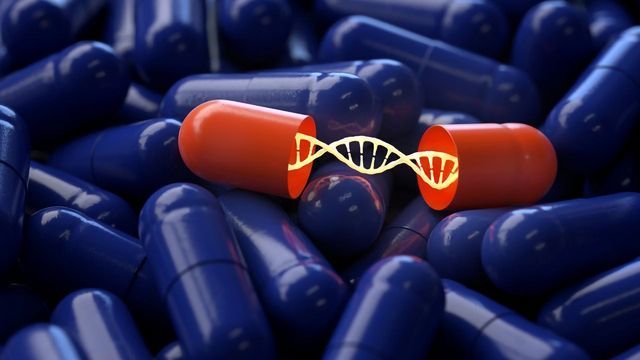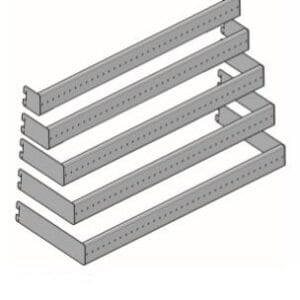Unlocking the Body’s Healing Potential
In the high-energy realm of sports, injuries often come hand in hand with passion and determination. Athletes, both amateur and professional, continually push their bodies to the limit. Fortunately, the world of sports medicine has evolved, introducing innovative approaches that go beyond traditional healing methods. One such pioneering field making waves in sports recovery is regenerative medicine.
Understanding Regenerative Sports Medicine
At its core, regenerative sports medicine harnesses the body’s natural ability to heal itself. Unlike conventional treatments that focus solely on symptom management, regenerative techniques aim to stimulate the body’s innate healing mechanisms, fostering tissue repair and regeneration. This paradigm shift in sports medicine has introduced groundbreaking therapies, one of which stands out prominently: Tropocells Platelet-Rich Fibrin (PRF).
The Power of Tropocells PRF
Tropocells PRF, an advanced form of platelet-rich plasma (PRP), is gaining attention for its remarkable potential in accelerating the healing process. Unlike PRP, which uses anticoagulants to isolate platelets, PRF refines this technique. It utilizes the patient’s blood to obtain a fibrin matrix rich in platelets, growth factors, and cytokines without additives, enhancing its regenerative properties.
How Does Tropocells PRF Work?
The process begins by collecting a small sample of the patient’s blood. This sample is then centrifuged to separate the platelets and plasma from other blood components. Unlike PRP, which often requires additives, PRF solely uses the patient’s blood, minimizing the risk of adverse reactions. The resulting fibrin matrix, loaded with growth factors, is then strategically injected into the injured area, promoting tissue repair and regeneration.
Applications in Sports Medicine
The versatility of Tropocells PRF spans across various sports-related injuries. From tendonitis and ligament injuries to muscle tears and joint ailments, this innovative therapy has showcased promising results in expediting recovery and restoring functionality. Athletes, once sidelined for extended periods, have reported faster rehabilitation and a quicker return to their respective sports.
The Advantages of Regenerative Medicine
Regenerative sports medicine, with Tropocells PRF at its forefront, offers several advantages over traditional treatments. The non-invasive nature of these procedures reduces the risk of complications, making it an appealing option for athletes seeking swift recovery without extensive downtime. Moreover, by harnessing the body’s natural healing mechanisms, regenerative therapies often yield long-term benefits, addressing the root cause of injuries rather than merely masking symptoms.
Looking Ahead: Future Implications
As research and technology continue to advance, the future of regenerative sports medicine appears promising. The integration of innovative techniques, coupled with ongoing studies exploring the nuanced applications of Tropocells PRF, holds the potential to redefine sports medicine as we know it. With a focus on personalized treatments and tailored approaches, athletes may soon experience enhanced recovery strategies customized to their unique physiology.
Conclusion
In the dynamic world of sports, injuries are an inevitable part of the journey. However, the evolution of regenerative sports medicine, propelled by groundbreaking therapies like Tropocells PRF, offers a beacon of hope for athletes aiming to reclaim their peak performance. By harnessing the body’s innate ability to heal, these innovative treatments are revolutionizing sports medicine, paving the way for a future where recovery is not just about healing but also about thriving.














